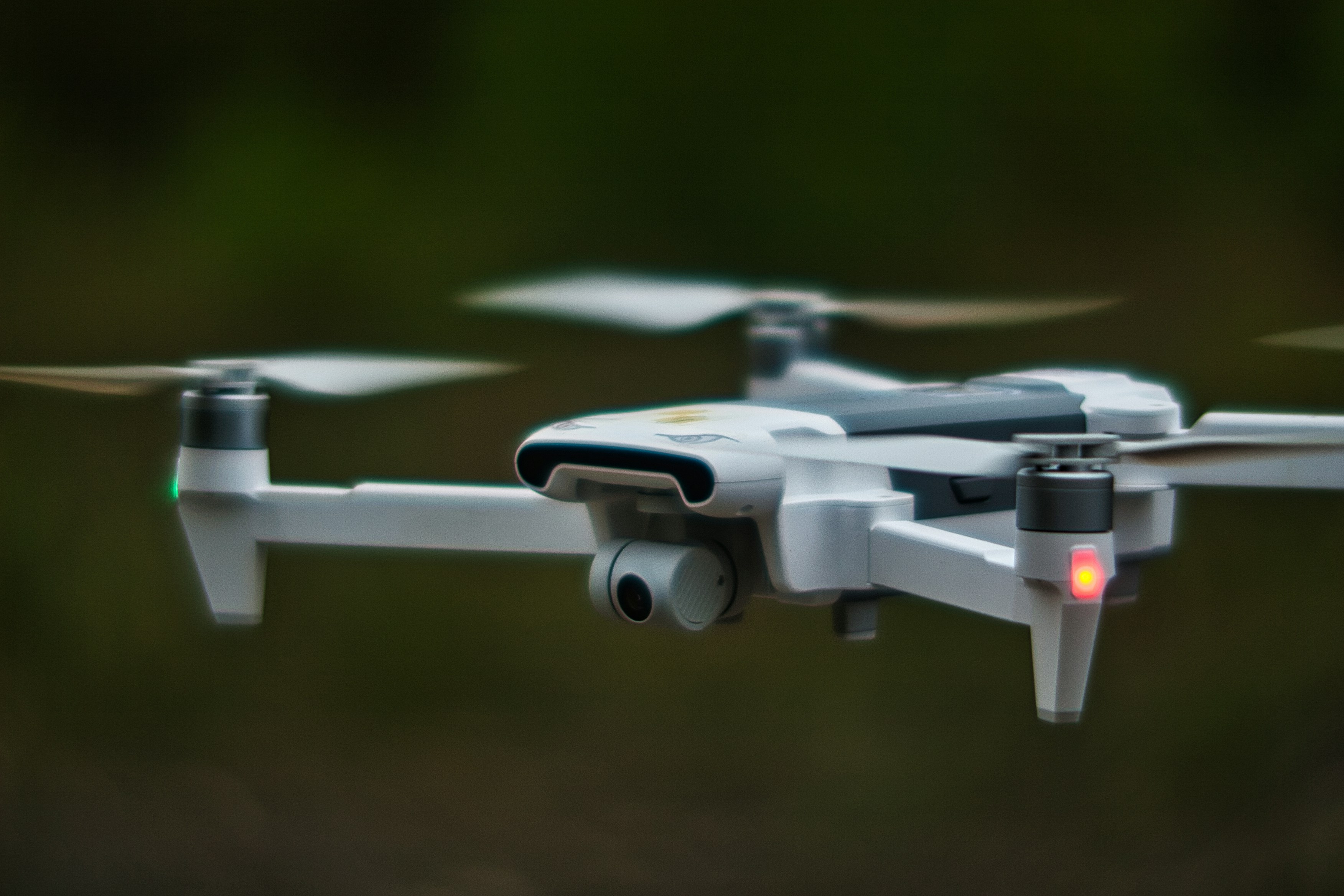Social network you want to login/join with:
col-narrow-left
Client:
New York State
Location:Job Category:
Other
EU work permit required:
Yes
Job Reference:
f9e7c197507c
Job Views:
3
Posted:
10.03.2025
Expiry Date:
24.04.2025
Job Description:
Minimum Qualifications This title is part of the New York Hiring for Emergency Limited Placement Statewide Program (NY HELPS).
For the duration of the NY HELPS Program, this title may be filled via a non-competitive appointment, which means no examination is required but all candidates must meet the minimum qualifications for the title for which they apply. At this time, agencies may recruit and hire employees by making temporary appointments. In June 2024, if a temporary NY HELPS employee is satisfactorily performing in the position, the appointment will be changed from temporary pending Civil Service Commission Action to permanent non-competitive and the official probationary period will begin.
At a future date (within one year of permanent appointment), it is expected employees hired under NY HELPS will have their non-competitive employment status converted to competitive status, without having to compete in an examination. Employees will then be afforded with all the same rights and privileges of competitive class employees of New York State. While serving permanently in a NY HELPS title, employees may take part in any promotion examination for which they are qualified.
To be considered for appointment through NY HELPS, or 55b/c, candidates must meet the open-competitive minimum qualifications for this position.
The qualifications are: a bachelor's degree, including or supplemented by 21 semester credit hours in Geographic Information Systems (GIS), surveying, cartography, and/or photogrammetry, and nine additional semester credit hours in any combination of cartography, photogrammetry, GIS, computer science, remote sensing, photo interpretation, statistics, and/or surveying. Candidates must also have three years of professional experience making recommendations and decisions relating to the selection, planning, and production of mapping projects and independent research and evaluation activities which require knowledge and application of the technical principles and practices of GIS and/or photogrammetry.
Substitution: An associate degree in a related field can substitute for two years of specialized experience; a bachelor’s degree in a related field can substitute for four years of experience; a master’s degree in a related field can substitute for five years of experience; and a doctorate in a related field can substitute for six years of experience.
Experience limited to Computer Aided Design (CAD) use or GIS user production of thematic overlays to such base maps or to generate system-produced GIS maps will NOT be considered as appropriate experience.
Candidates may also be qualified for permanent competitive appointment if reachable from the appropriate Civil Service eligible list or eligible for reassignment or transfer in accordance with Civil Service Law.
Promotion:
One year of permanent competitive service as a Mapping Technologist 2.
70.1 Transfer Qualifications:
Candidates must have one year of permanent competitive or 55bc service as a Mapping Technologist 3.
52.7 Non-Competitive Promotion Qualifications:
If 3 or fewer qualified Adirondack Park Agency employees respond to this posting, Civil Service may approve the permanent appointment of one of the qualified candidates without further examination.
The minimum qualifications for NCP appointment are:
One year of permanent competitive experience as a Mapping Technologist 2.
Note: Non-competitive refers to not competing in an examination; the appointment will be competitive.
Duties Description The Mapping Technologist 3, SG-24, is assigned to the Adirondack Park Agency and will report to the Deputy Director, Planning.
Duties and tasks include but are not limited to the management of computer-based cartographic information, developing, or assisting in the development and maintenance of Geographic Information Systems (GIS) and/or carrying out or assisting with photogrammetry related tasks such as inspecting and evaluating contractor prepared aerial photography; performing aerotriangulation; operating analytical stereoplotters; and project planning and documentation. The position may perform all the functions of a Mapping Technologist 1 and 2. Responsibilities include managing a mapping section; developing procedures and workflows to incorporate new technology and software into the mapping program; representing a mapping functional group at State, regional, or local meetings; supervising subordinate staff that may be supplemented with contract staff and/or interns; determining staff work assignments and priorities; reviewing, monitoring, and evaluating staff and work products; approving leave and tracking time and attendance; completing performance evaluations; training staff, including staff from other agencies; and developing and maintaining computer-based cartographic information systems tools and procedures. Additionally, the position develops content and design criteria for the organizational unit’s internal website and/or public website; performs project-based error analysis of mapping data.
#J-18808-Ljbffr


